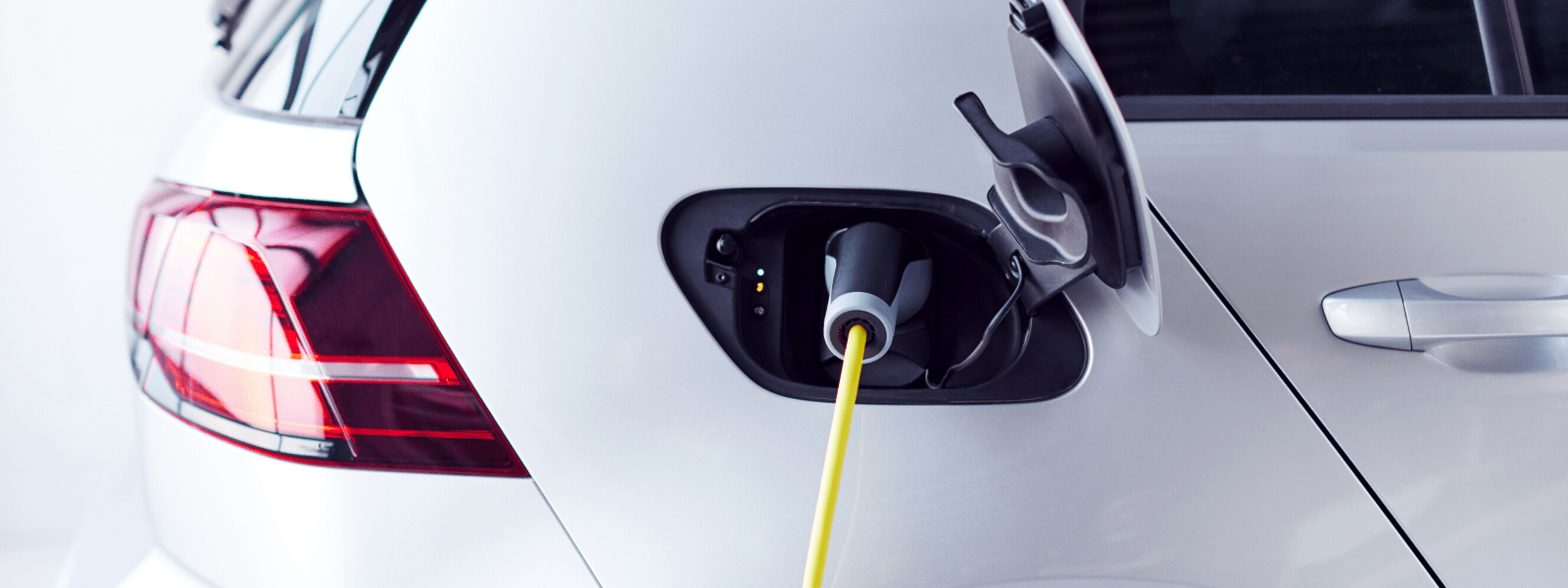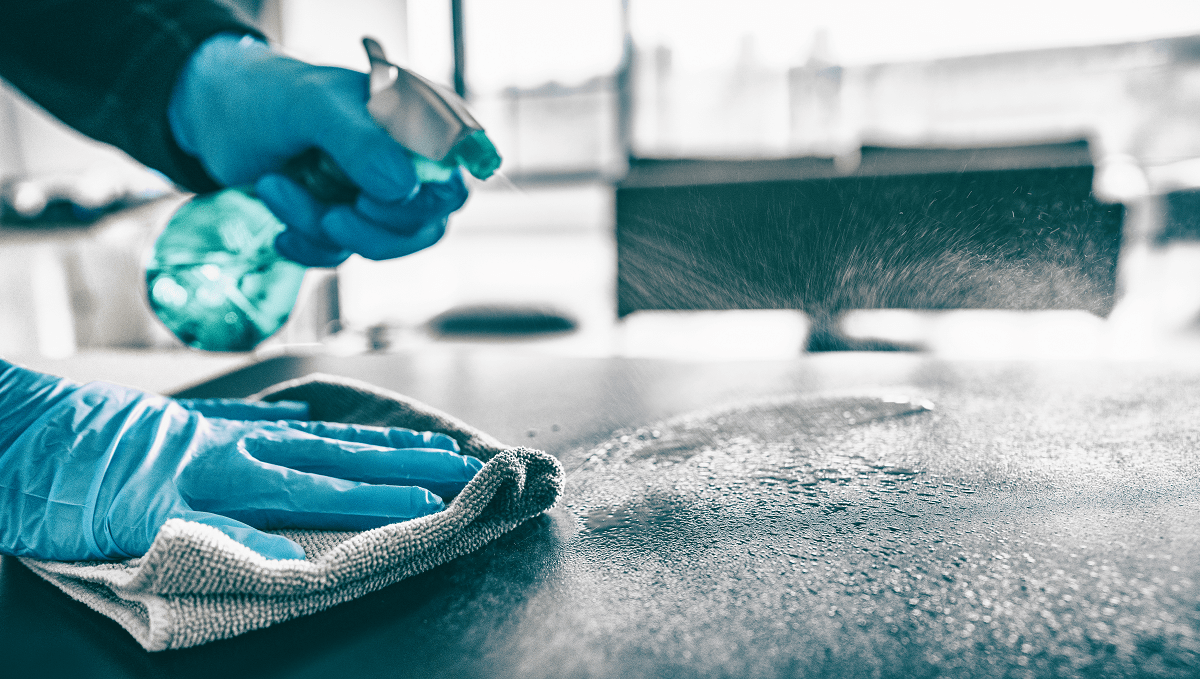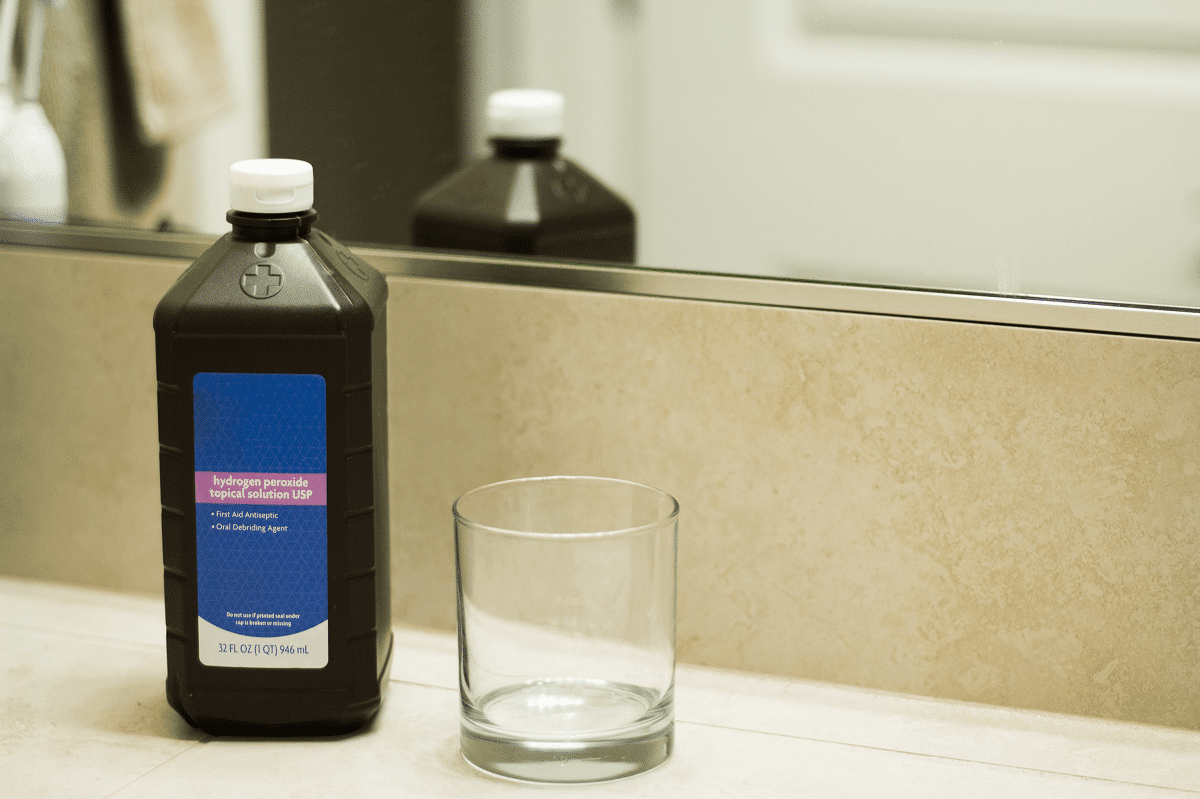Ecolink continuously strives to be environmentally friendly and aware. In doing so, we believe in advocating for the current generation and the ones...
Blog


CHEMICAL INDUSTRY NEWS
Chemical Chat – Discover What’s New!
What is ACS Grade Alcohol?
If you are researching bulk alcohol for manufacturing, you will want to know, what is ACS grade alcohol, and what is it used for? Like most other...
What Are Food Grade Hydrogen Peroxide Benefits?
Food grade hydrogen peroxide serves many purposes across many industries including medical treatments, personal hygiene, and even food production,...
What Is USP Grade?
Anyone who is looking into solvents and chemicals for manufacturing or industrial use may be wondering, what is USP...
What is ACS Grade Alcohol?
If you are researching bulk alcohol for manufacturing, you will want to know, what is ACS grade alcohol, and what is...
Company News

Managed Services
Discover the Latest in Safe and Sustainable Chemical Solutions
Stay informed with Ecolink’s blog! Subscribe now
Chemical Management Information
Stay updated with us
Sign Up for the Latest Updates
Stay informed about chemical supply chain disruptions and emerging innovations to keep your business at the forefront of efficiency and innovation. Uncover new ways to make your business practices more sustainable by incorporating safer products into your cleaning lineup.


























